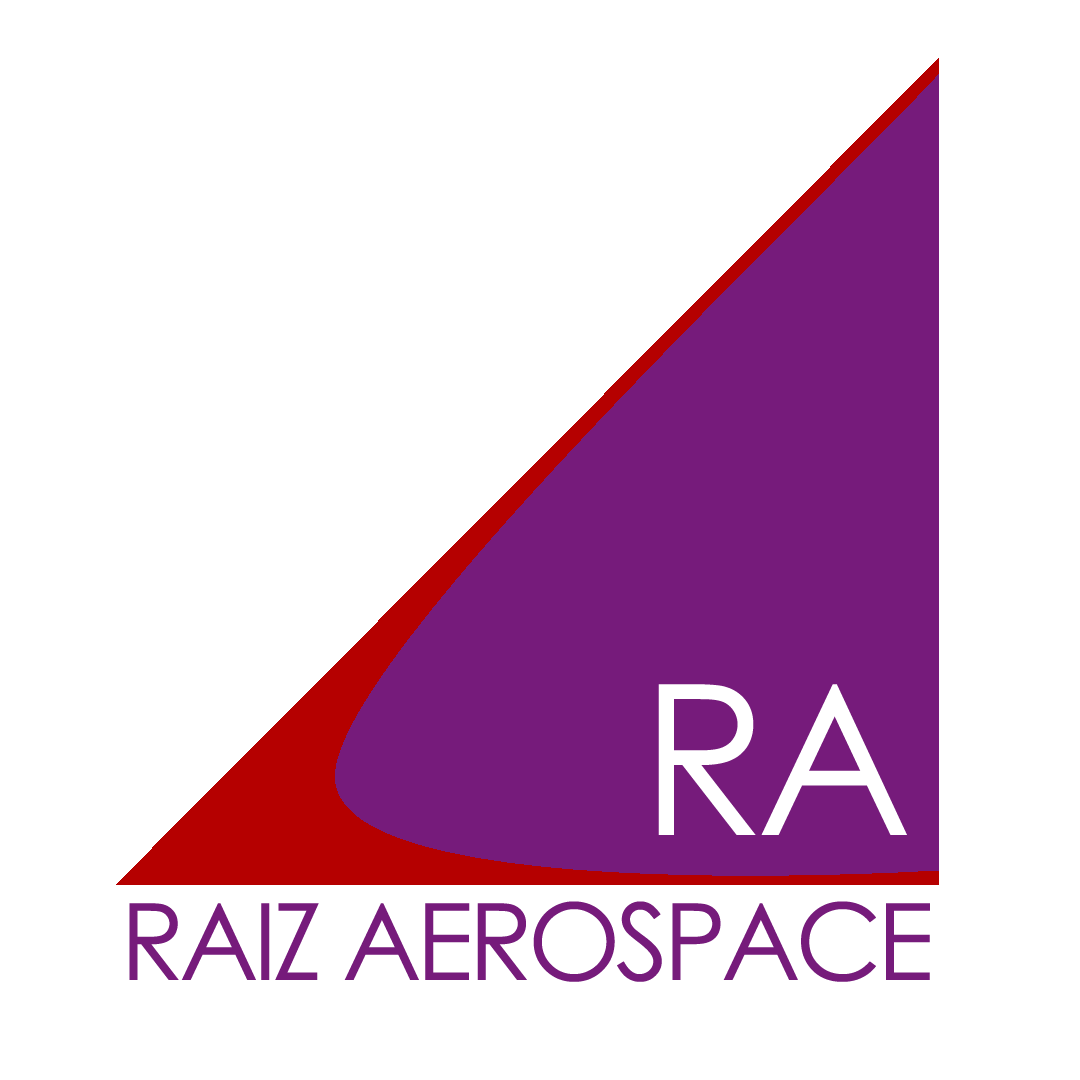SLS Wet Workshop

The SLS Wet Workshop concept turns the SLS core into a massive space vehicle. To accomplish this, it is fitted with a nuclear thermal engine at its centerline between the normal RS-25 engines. This NTR engine will use hydrogen in the hydrogen tank to conduct transfers. The full hydrogen fuel mass of SLS is 140 tons, so this can be replenished by launches of other vehicles in fairly few launches. Meanwhile, after launch, the oxygen tank will be converted into living space for crew and passengers as well as cargo space. Ideally, the RS-25s will also be removed after launch, as they will otherwise be unnecessary dry mass. It is also possible to use a larger number of smaller NTRs for redundancy.
The SLS hydrogen tank would need to be more insulated than normal, and this has been accounted for in the dry mass. The dry mass of the fully outfitted SLS Wet Workshop will likely be much more than indicated here. Fortunately, even so, the SLS Wet Workshop should be able to conduct meaningful missions between Earth and the Moon with even a partial fuel load that accounts for boiloff.
Length: 69.4 meters
Diameter (tanks): 8.4 meters
Mass
At Launch: 991.94 tons
Dry Mass (pre-crew operations): 120.97 tons (inc. RS-25)
1979963 liters liquid hydrogen
640000 liters liquid oxygen
Launch engines (removed in orbit):
4 x RS-25E
2319 kN thrust (vac.) each
453 s ISP vac.
Transfer engine:
1 x NTR (Nuclear Thermal Rocket)
441.3 kN thrust (vac.)
980 s ISP vac.
